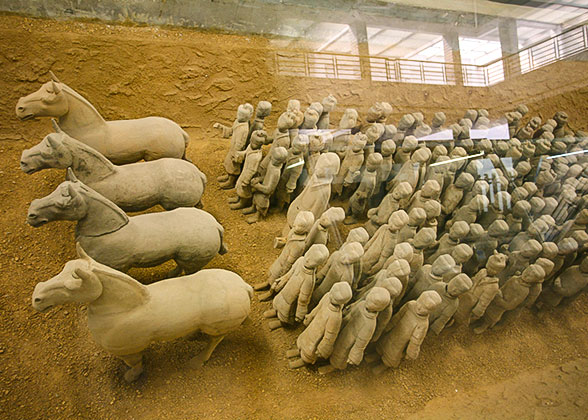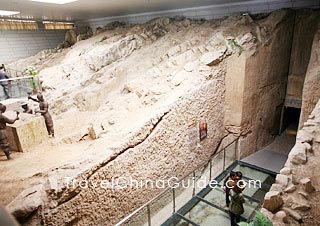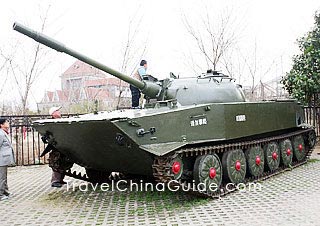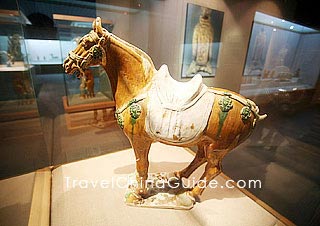Xuzhou Travel Guide
Xuzhou Facts
Chinese Name: 徐州 (xú zhōu)
Population: 8,825,600
Area: 11,258 square kilometers (4,347 square miles)
Location: in the northwest of Jiangsu Province, east China
Administrative Division: 5 districts (Yunlong, Gulou, Quanshan, Tongshan, Jiawang); 2 county-level cities (Xinyi, Pizhou); 3 counties (Fengxian, Peixian, Juning)
Area Code: 0516
Zip Code: 221000 - 221700
GDP (2019): CNY 715.14 billion (USD 103.66 billion)
The Second Largest Chinese Railway Hub with Han Terracotta Warriors
Located in the northwest of Jiangsu Province, Xuzhou is the largest city of northern Jiangsu as well as the most ancient city of the province. It acts as the second largest railway hub in China as it is located in the border area of Jiangsu, Shandong, Henan and Anhui provinces. China’s two main railways Beijing-Shanghai Railway and Lanzhou-Lianyungang Railway just meet here.
Thousands of years' history has blessed the city with a profound culture, especially when it was the second political center of the Han Dynasty (260-220). Now, the city is the center of the Huaihai economic development zone and also one of the nation's most important agricultural product bases. No visitors to Xuzhou can fail to be affected by the grand tombs, terracotta warriors and stone sculptures of the Han Dynasty. Together with other scenic sites and beautiful natural attentions, the city captured visitors by its own unique charm.
The first emperor of the Han Dynasty Gaozu was born in Xuzhou and the culture of that splendid period of China's history was rooted in Xuzhou, leaving the city countless historic treasures. The most symbolic are the 'Handai San Jue' (the three most important items to come from the Han Dynasty) including the Han tombs, the terracotta warriors and the stone sculptures. These ancient cultural relics, together with the beautiful natural mountains and lakes in and around the city, form a large picture of Xuzhou attractions.
|
|
Additionally, the city has many special villages. A particular Chinese Martial Art, called Wushu in Pinyin, originated in Peixian County, where many people practice martial arts and have developed individual skills. There are also the 'Chinese Folk Custom and Culture Village'- Mazhuang Village in Jiawang District, and the 'Chinese Chess Village'-Qijia Village in Pixian County, which will impress you with very special folk customs.
|
|
Weather
Xuzhou has many local specialties. Children's paintings, peasants' painting, paper-cuttings and straw-plaited articles are all interesting to buy as souvenirs. You can find these specialties and nearly all the necessities you want in many of the stores or malls, especially on East Huaihai Road and South Zhongshan Road.
Xuzhou is also a modern city. Hotels and hostels with different standards in the city will undoubtedly satisfy your accommodation requirements and the colorful recreation venues will be above your expectations. Putting this city onto your travel itinerary is sure to bring you marvelous experiences.



